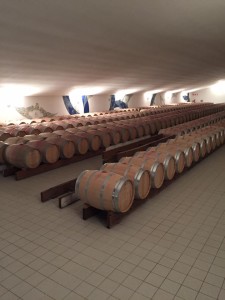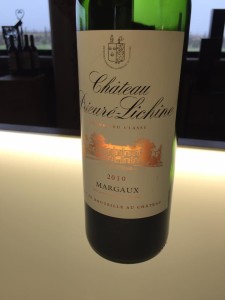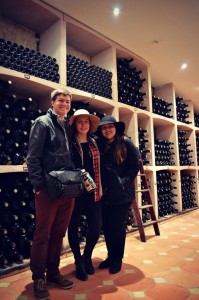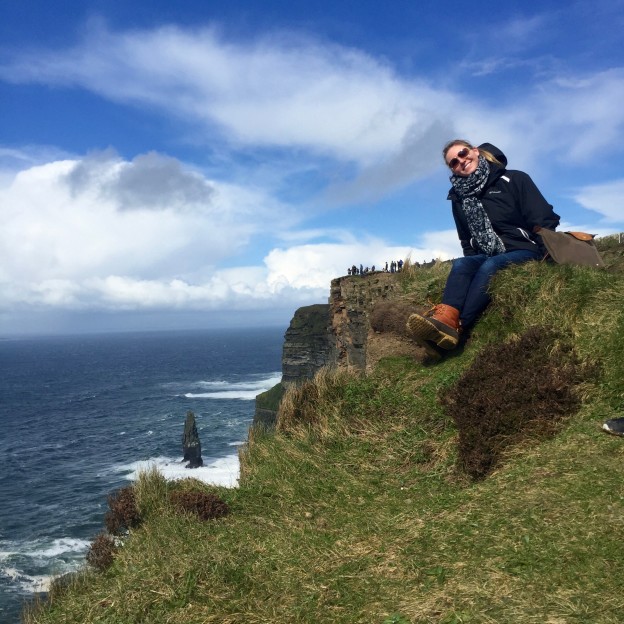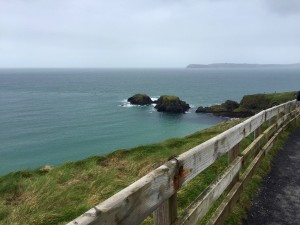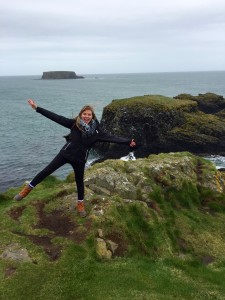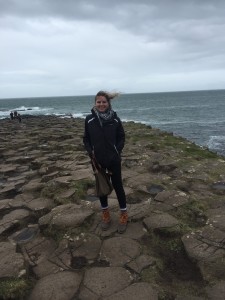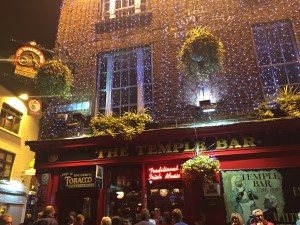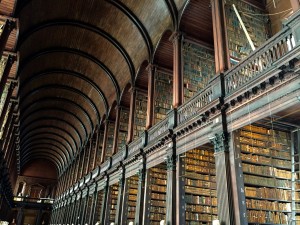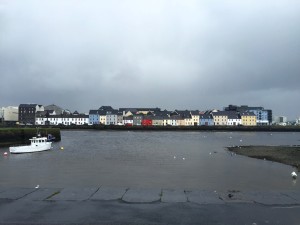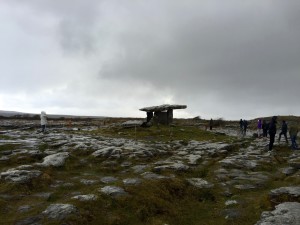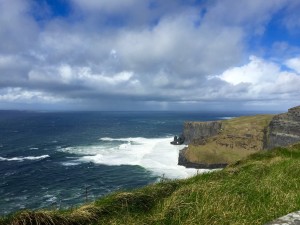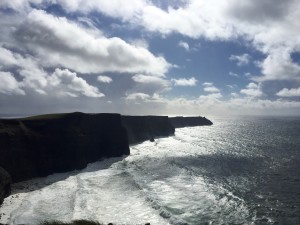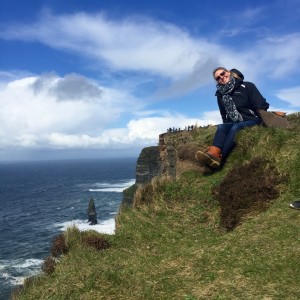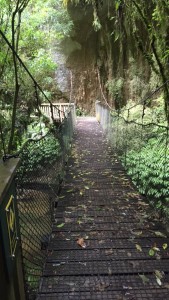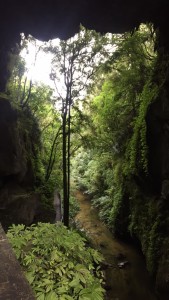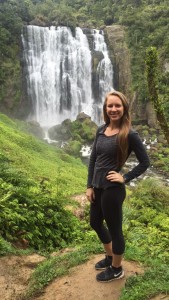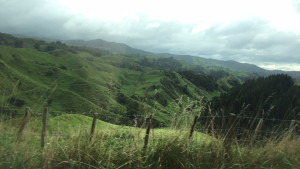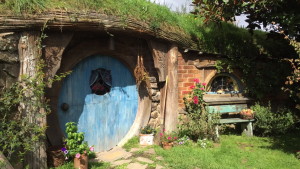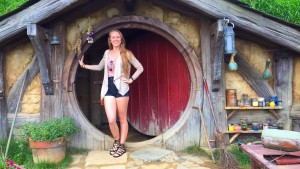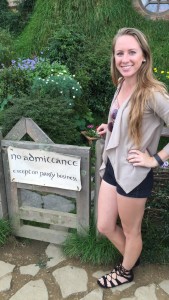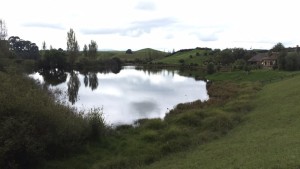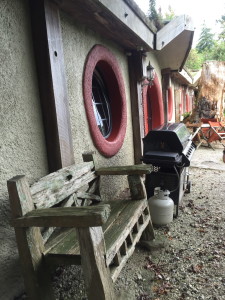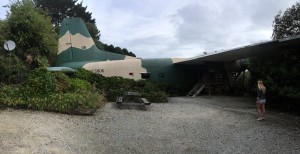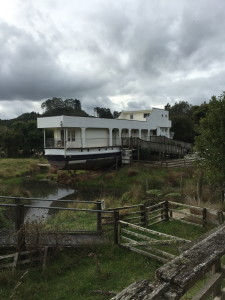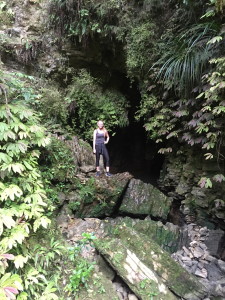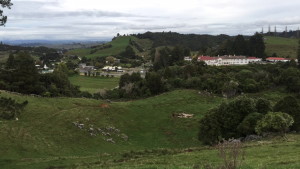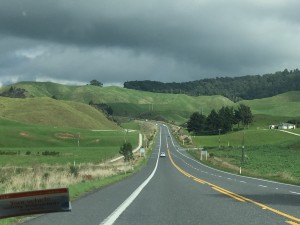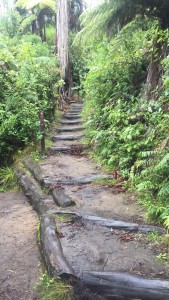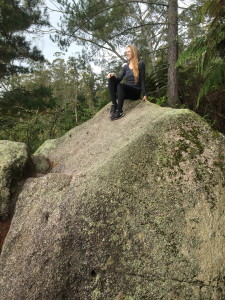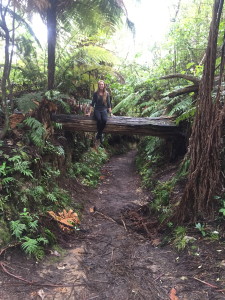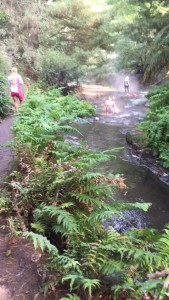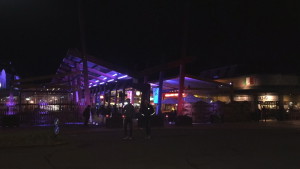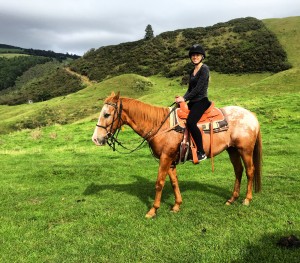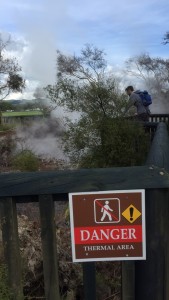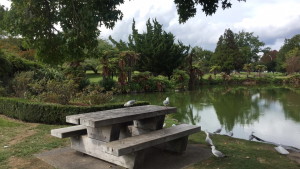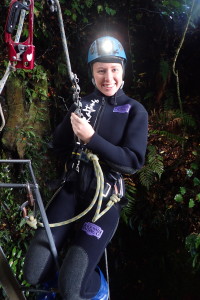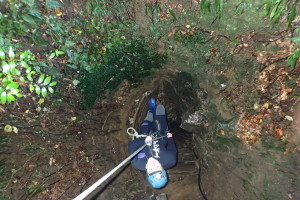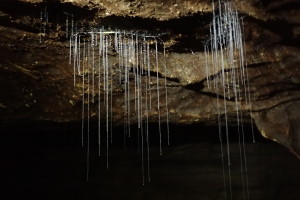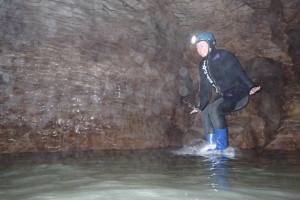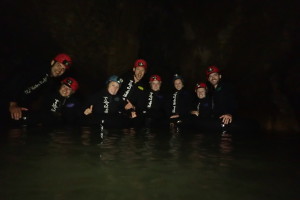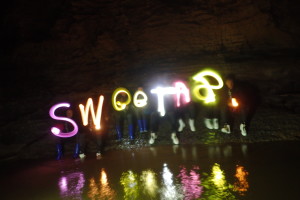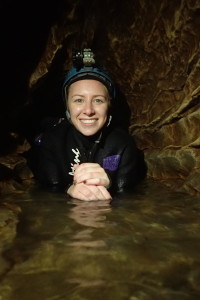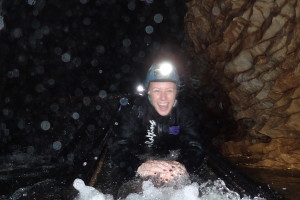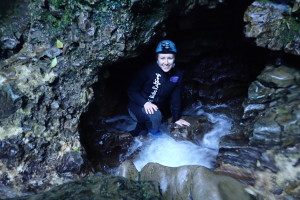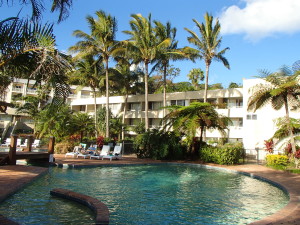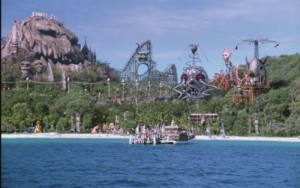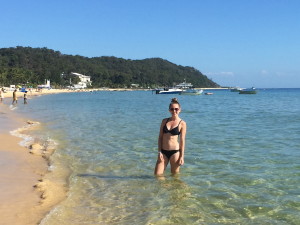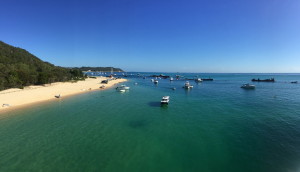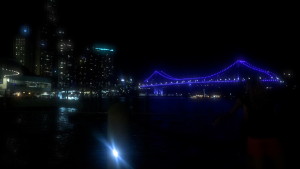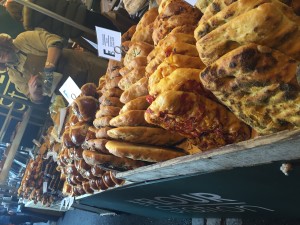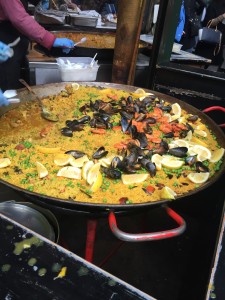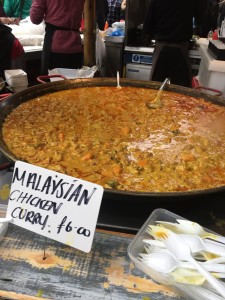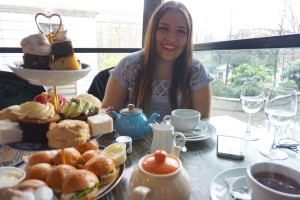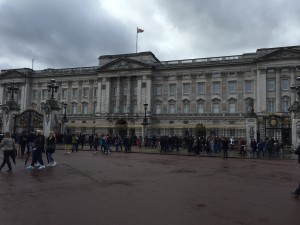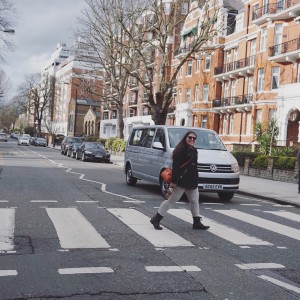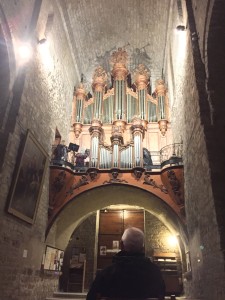*Disclaimer: Sorry this post is long (as the rest from the week will be), but it is worthwhile if you want to live vicariously through me exploring New Zealand. Enjoy! 🙂
“Studying” Abroad
Yesterday a friend and I embarked on yet another experience of a lifetime, a week Holiday in New Zealand! Our flight was delayed an hour, but luckily that bought me a little more time to finish all my assignments before departing and (hopefully) not having to actually study over study week. I am just going to take a moment to talk about one very large study abroad stereotype. Despite the assumption of many, I do study and work hard on academics abroad, because the classes here are demanding and locals take assignments VERY seriously. Additionally, I am not taking pass/fail classes (wasn’t allowed to) and therefore need to put in the effort to get acceptable grades abroad. Let me tell you, there is a major difference in stress levels between those study abroad students taking pass/fail. Regardless, I managed to get most of my work finished before leaving (literally at the airport), and could finally start getting excited.
Upon stepping off the plane at 2am New Zealand time, I finally was thinking, I’m actually in New Zealand! However, I will say that I do fit the aforementioned stereotype since I am spending “study week” on Holiday! However, this is a fantastic decision in my opinion, because I would not otherwise have been able to find time during this semester to visit New Zealand. We checked into Nomads Auckland hostel around 3am, and although the lobby and service was unimpressive, it was a perfectly fine hostel to stay at!
Thing’s They Teach You [Part of] in School
So my whole life, all my role models taught me lessons using the phrase, “if your friend told you to jump off a bridge, would you?” Well, today I learned that sometimes what they teach you in school is not always the entire truth. The more accurate phrase should be, “if your friend told you to jump off a bridge without safety equipment attached, would you?” (Also the answer should be yes). This morning our day started by climbing and bungee jumping off the Auckland Harbour Bridge! I did have fear, but I have no regrets.
For those who have not experienced this high-adrenaline activity, they say it is a step beyond skydiving. It’s definitely an activity well-fit for adrenaline junkies. Now, I’m a pretty grounded and level-headed person, but also always looking for once-in-a-lifetime experiences. My friend REALLY wanted to bungee jump, and despite my initial apprehension, I agreed to go. We geared up in a harness, walked to the middle of the bridge attached to the guardrail by a metal clip, and made our way up a short and steep flight of stairs to the jumping booth located under the bridge. At 40 meters above the water, all seven of us took turns one by one jumping off the platform. The youngest person to ever jump here was 10, the oldest 89, so despite my fear I told myself I would be okay. Luckily, since I was the lightest of the group, I got to go last and watch everyone else go first!
A Leap of Faith
So here’s how it happens. Essentially we have a hardness that wraps around the top of each leg and over our shoulders, joining at the waist, where another rope is connected to two brace-like wraps around your ankles. As you jump off head-first, the rope stays connected at your ankles, so that you are upside down at the bottom of the jump. Part of a rope is tucked in the left ankle wrap, which you pull out at the top of the second bounce, to flip you so that you are sitting upright with the harness just around your waist. You sit on a platform as the rest of your gear gets attached, then waddle out to the jumping point with your ankles pretty much tied together, until your toes are just over the edge of the platform. From there, the instructors make sure the surrounding area is all clear of boats that could interfere, and gives the okay by counting down from five.
On five, you HAVE to jump or you will literally be standing there anticipating it forever. My heart is still pounding just reliving it typing this! So, on five you literally dive straight out or down towards the water in a complete free fall. The first drop down is the most intense, with a feeling that I actually cannot describe in words. It sort of feels like a constant rush of wind with a terrifying but exciting feeling of flying through space. The feeling levels in the middle a little, and comes back not quite as strong on the second bounce. From there the rest is just riding out the swing and staying relaxed as the rope gets pulled back up to the platform.
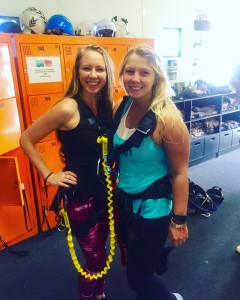
Post bungee jumping off the Auckland Harbour Bridge
The catch(es)
There’s always a catch, right? Well, I prepaid for a DVD, which they somehow messed up recording (apparently it happens sometimes), so they said I could jump again for free to re-record. My response was, “are you serious?!” I did jump again, and found out the second catch of the day. The feeling of having to force your mind to go blank and body to jump into a free fall, combined with the feeling of complete adrenaline on the first drop, does not go away. It’s definitely not one of those things where you do it the first time and then could easily do it a million times, it feels just the same! However, the second jump I got to enjoy a little more because I controlled it a little more and was able to tell where I was in space more easily.
If you let them know you want to, you can actually have your head touch the water during the jump. I opted out, but the second jump the instructor adjusted the equipment so that if I jumped more down verses out I could maybe touch. I was able to see and reach for the water, but wasn’t able to actually touch it. Regardless, it was an exhilarating experience that I would recommend for people who feel like they can handle it! As a follow up recommendation, take a go pro to record it yourself, or pay for a pre-paid DVD for the chance to maybe get to jump twice!
Waiheke Island
Does that name not just SOUND amazing. About a 40-minute ferry ride from downtown Auckland, “the island of wine,” or Waiheke Island is a 92 square kilometer island known for its beaches, artists, vineyards, olives, and restaurants. They have 17 fully-operational and highly-appreciated vineyards, to be exact. There are also many outdoor activities to take part in, including zip lining, ocean kayaking, mountain biking, walking, or hiking. With our itinerary and bungee jumping in the morning, we didn’t have enough time to do a full wine tour of the island, but went on a self-guided tour. We first walked to Oneroa, the small downtown area, and spent some time shopping around the boutique stores.
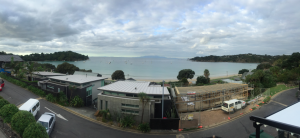
Downtown village of Oneroa
Then we headed to the wineries near Matiatia, the ferry wharf we docked in. The walk was longer than anticipated due to a few mistakes with directions on our part, but we were able to take in some absolutely incredible views of the iconic New Zealand landscapes. Due to the late time of day, the three vineyards we walked to in the area were closed for tastings, but at least we got to experience a lovely coastal walk of Waiheke Island!
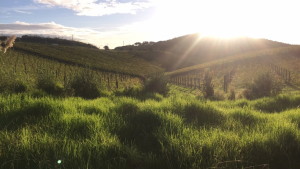
Vinyard on Waiheke Island

Landscape of Waiheke Island seen on the coastal walk

Ferry wharf at port Matiatia at sunset
That evening, we made our way back to the ferry port, and headed back to downtown Auckland. After a dinner at our hostel’s restaurant (which was quite lovely), we headed in for the night to prepare for the next day ahead!


